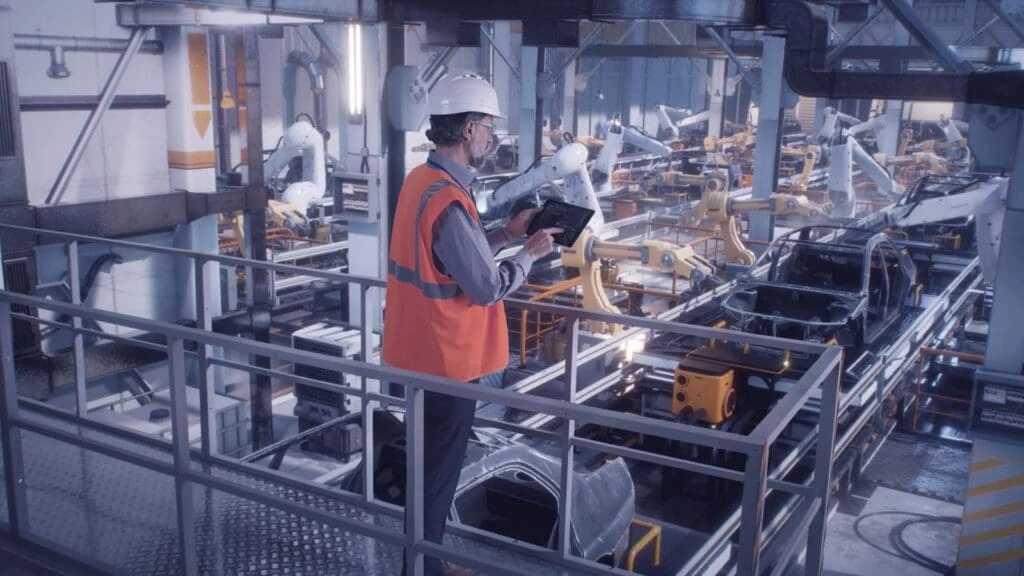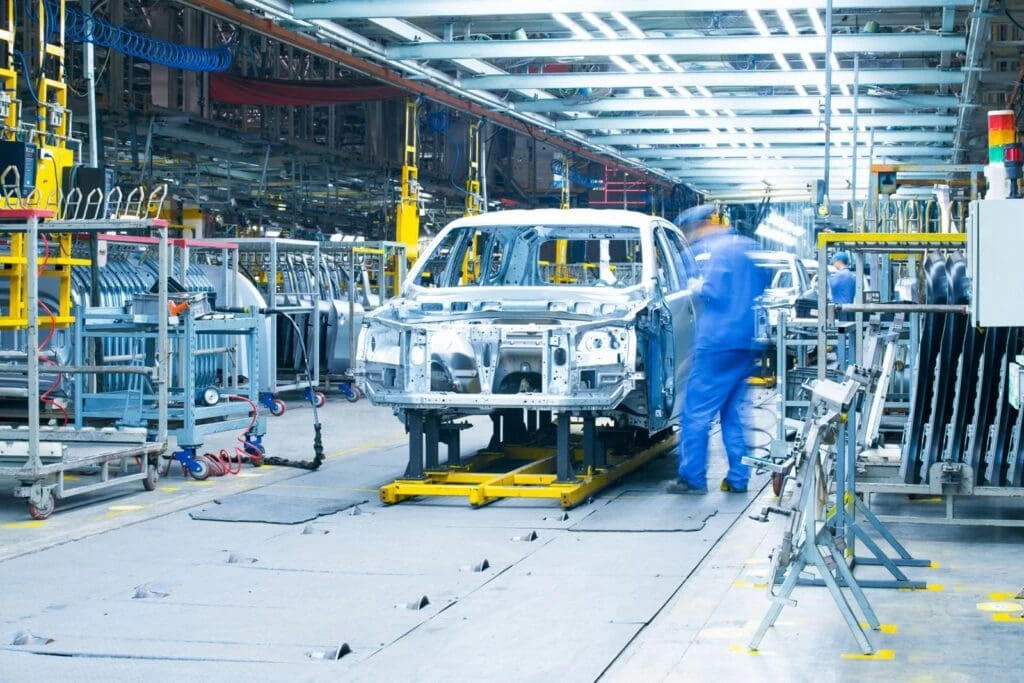Manufacturing Execution Systems (MES) and Manufacturing Operations Management (MOM) are critical components in the landscape of manufacturing technology. While both systems play pivotal roles in enhancing manufacturing efficiency and productivity, they cater to different aspects of the production process. So without further ado, let’s delve deeper into understanding the distinctions between MOM & MES and why does it matter.
What is Manufacturing Execution System (MES)?
A Manufacturing Execution System (MES) is a specialized information system designed to manage, monitor, and control manufacturing operations in real-time at the plant floor level. MES systems bridge the gap between the planning layer of enterprise resource planning (ERP) systems and the actual production floor, enabling manufacturers to ensure effective execution of manufacturing operations. By providing detailed tracking and documentation of the production process, MES systems help in optimizing manufacturing operations, improving productivity, and reducing waste.

From a technical standpoint, MES operates across various functional areas, including job order execution, production scheduling, resource allocation, and quality management. It captures data directly from production equipment and operators, facilitating real-time decision-making and immediate feedback on production activities. This capability ensures that production processes align closely with the operational goals, allowing for adjustments and improvements in near-real time.
MES systems are highly integrated platforms that leverage various technologies such as Internet of Things (IoT) devices, sensors, and advanced analytics to collect and analyze data. They support complex manufacturing processes by ensuring that the right information is available at the right time and place. Additionally, MES can integrate with other systems, including ERP, Supply Chain Management (SCM), and Product Lifecycle Management (PLM) systems, to provide a comprehensive view of the manufacturing operations and its impact on the overall business performance.
The capabilities of MES systems are extensive and include:
- Real-time production monitoring: Track the status of jobs, machines, and production lines in real-time to identify bottlenecks and optimize throughput.
- Quality management: Monitor product quality in real-time, capturing deviations from standards immediately, allowing for corrective actions to be taken swiftly.
- Resource scheduling and allocation: Efficiently plan and allocate machines, tools, and human resources to meet production schedules.
- Document control: Manage documents related to production, including work instructions, SOPs, and quality specifications, ensuring they are up to date and accessible.
- Performance analysis: Collect and analyze data on machine performance, production efficiency, and workforce productivity to identify areas for improvement.
- Traceability: Provide detailed traceability of materials, components, and finished products through the production process, aiding in quality control and recall management.

In short, MES serves as a critical tool for manufacturers aiming to optimize their production processes, ensure quality, and respond flexibly to changes in demand or production conditions, thereby supporting the overall goal of operational excellence.
What is Manufacturing Operations Management (MOM)?
Manufacturing Operations Management is an overarching concept that encompasses the methods, systems, and software used to manage and optimize manufacturing operations. Unlike Manufacturing Execution Systems (MES) that focus on the real-time execution of manufacturing processes, MOM provides a broader scope, integrating various dimensions of production management to achieve operational efficiency and excellence across the entire manufacturing lifecycle. MOM solutions aim to connect, manage, and optimize complex manufacturing systems and processes from order release to finished goods.
Technically, MOM systems integrate multiple facets of manufacturing operations, including production, quality, maintenance, and inventory management, to provide a comprehensive view and control over the manufacturing operations. By leveraging advanced technologies such as big data analytics, cloud computing, and IoT, MOM systems enable manufacturers to gain insights into their operations, predict maintenance needs, and improve overall production efficiency.
MOM systems facilitate the digital transformation of manufacturing operations, supporting the implementation of Industry 4.0 practices. They help in breaking down silos between different operational areas, promoting collaboration and enabling more agile and responsive manufacturing practices. Through the integration with ERP, SCM, and other enterprise systems, MOM solutions ensure that manufacturing operations are aligned with the broader business objectives, enhancing operational visibility and control.
The capabilities of MOM systems include:
- Integrated production management: Provides a unified view of production activities, integrating scheduling, execution, and analysis to optimize production flows and resource utilization.
- Quality management: Incorporates comprehensive quality management functions, from incoming raw material inspection to in-process checks and final product verification, ensuring product quality and compliance with standards.
- Maintenance management: Facilitates preventive and predictive maintenance strategies, reducing downtime and extending the lifespan of manufacturing equipment.
- Inventory management: Optimizes inventory levels, ensuring the right materials are available at the right time, reducing excess inventory and associated costs.
- Performance analysis: Offers advanced analytics capabilities to monitor key performance indicators (KPIs), identify trends, and drive continuous improvement initiatives.
- Compliance and traceability: Ensures regulatory compliance and provides end-to-end traceability of materials, processes, and products, critical for quality assurance and recall management.
MOM systems are pivotal in transforming manufacturing operations into a connected, transparent, and highly efficient ecosystem. By providing comprehensive management and optimization capabilities, MOM systems support manufacturers in achieving higher levels of operational efficiency, agility, and competitiveness in the global market.
The Key Takeaway
Why are MES and MOM often discussed in tandem, and what simplifies the distinction between the two? The answer lies in their complementary nature. Viewing MES as a component within the broader MOM framework helps clarify their relationship. Indeed, MES can be considered a subset of MOM, given that MOM’s conceptualization and development were influenced by the foundational principles of MES. This perspective illuminates MES as focusing on the micro-level operations within a single plant, emphasizing real-time execution and control of manufacturing processes. On the other hand, MOM operates on a macro scale, offering an enterprise-wide solution that oversees and optimizes manufacturing operations across potentially multiple facilities.

This distinction highlights the evolution from MES to MOM as a move towards a more integrated and comprehensive approach to managing manufacturing operations. While MES zeroes in on the immediate, operational aspects of production, MOM encompasses a wider array of functionalities, including strategic planning, resource allocation, and overall operational efficiency across the manufacturing enterprise. By understanding MES as part of the larger MOM ecosystem, organizations can better appreciate how these systems work together to enhance manufacturing performance, from the shop floor to the top floor, ensuring seamless operation, improved productivity, and strategic oversight across the entire manufacturing landscape.

